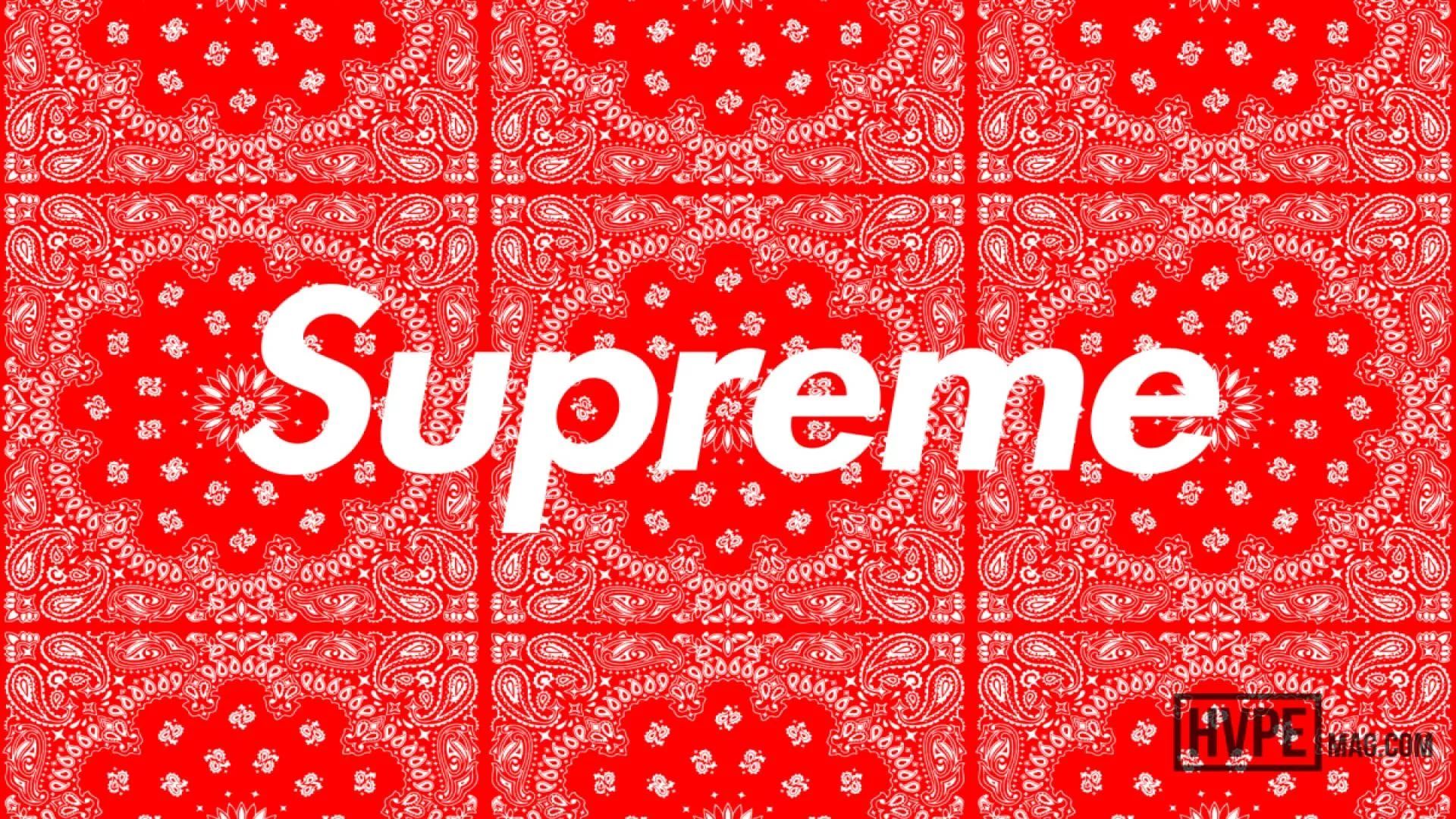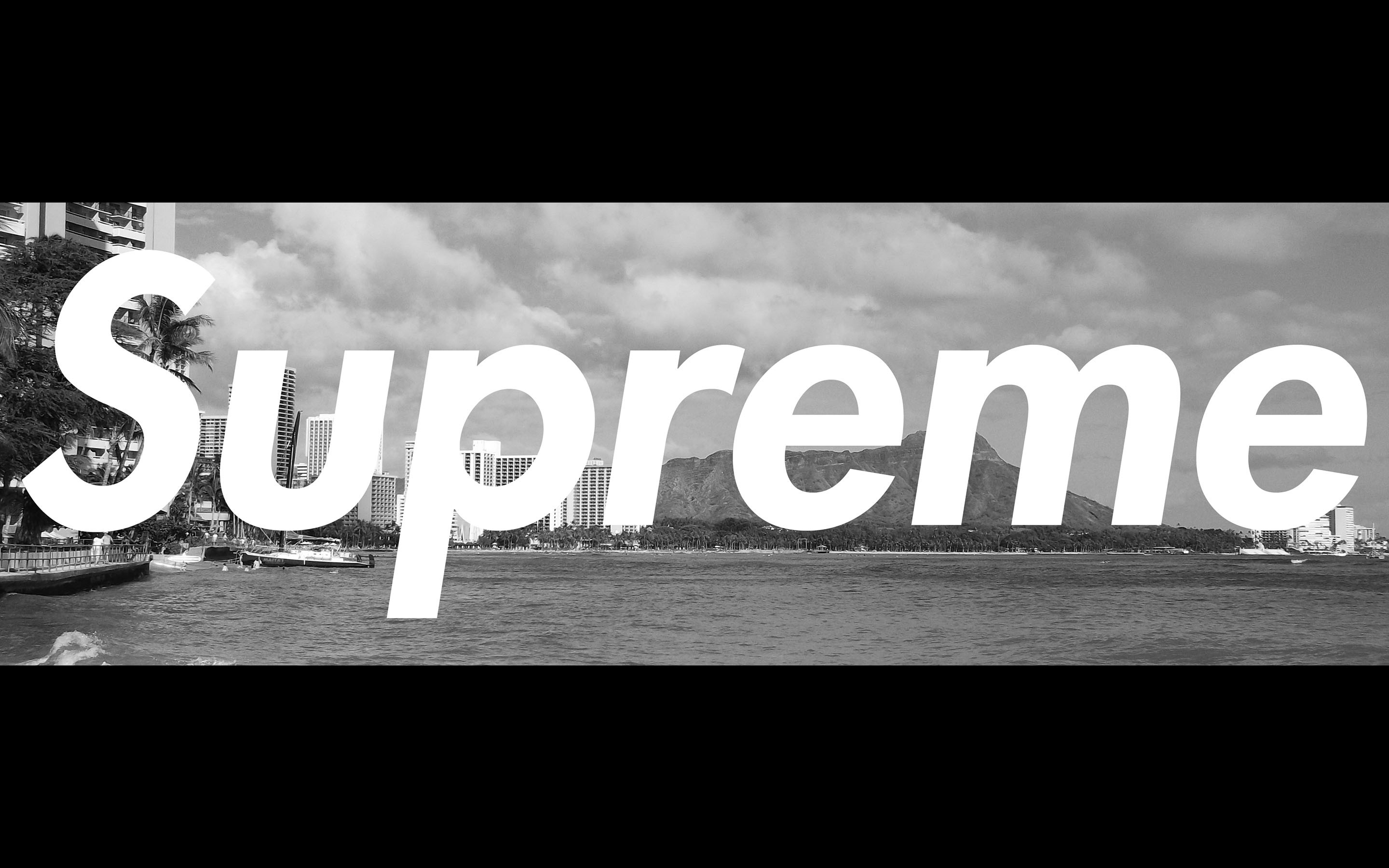


Warhol died in 1987, and the relevant works and copyright are held by the Andy Warhol Foundation, which permitted Vanity Fair to use the image in 2016. But Goldsmith said she was not aware that Warhol had created other images that were not licensed, a fact she became aware of only after Vanity Fair publisher Condé Nast used a different image as part of a 2016 Prince tribute immediately after his death. Under a license it had obtained from Goldsmith, Vanity Fair used a Warhol illustration based on the photo in its November 1984 issue without any problems’ arising. The style was similar to that of other famous Warhol works, such as his portraits of Marilyn Monroe. While the original photo, a portrait of Prince, was black and white, the silkscreen prints superimposed bright colors over a cropped version of the original photo. Goldsmith sued over Warhol’s use of her 1981 photograph of Prince, then a rising star, before he attained global fame on the back of hits like "Little Red Corvette" and "When Doves Cry." As part of an arrangement with Vanity Fair magazine three years later, Warhol created a series of silkscreen prints, as well as two pencil sketches, based on Goldsmith’s image. Under the law, limited “fair use” of a pre-existing artwork is lawful in certain contexts, including when the new work conveys a different meaning or message. The court wrestled with how to define whether a new work based on an existing one is “transformative" - meaning it does not violate copyright law.

The lively oral argument, in which conservative Justice Clarence Thomas revealed he was once a Prince fan, concerns a legal question of considerable interest to people in all kinds of creative industries, including television, film and fine art. Lynn Goldsmith Andy Warhol Foundation for the Visual Arts The original Lynn Goldsmith photograph of Prince and Andy Warhol's portrait of the musician. As a result, one option might be to throw out the ruling and require the lower court to try again. But other justices seemed concerned that an appeals court had minimized, or even ruled out, any analysis of whether Warhol's work had a significantly different meaning or message from those of Goldsmith's photo.


 0 kommentar(er)
0 kommentar(er)
